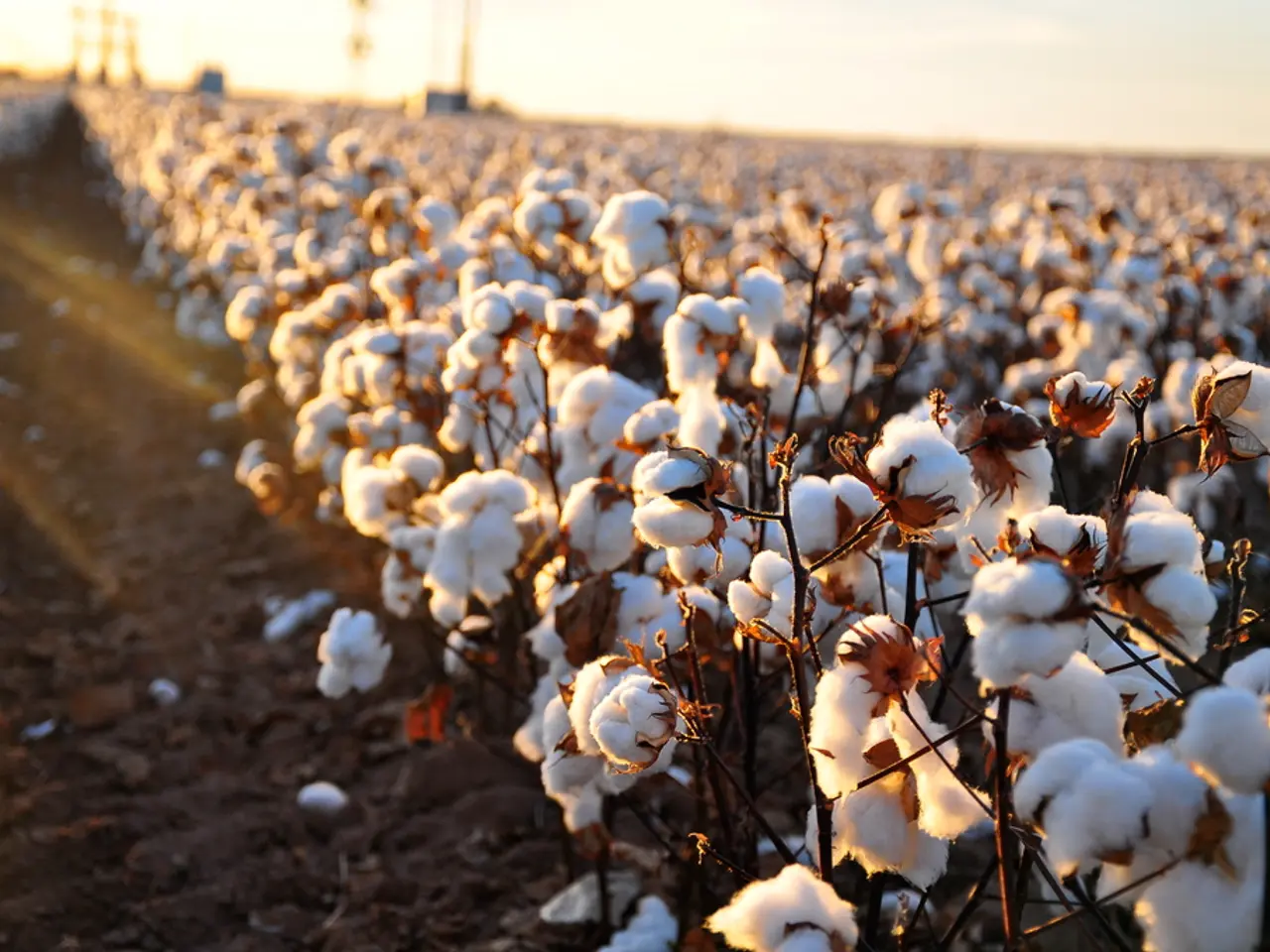Cultivating Plants in Adversity: Thriving Greenery in Tough Soil Environments
In the pursuit of a thriving garden or successful agricultural venture, understanding the unique characteristics of various soil types is essential. This article offers best practices for enhancing soil structure, nutrient content, and pH balance tailored to each soil's specific characteristics.
Sandy Soils
Improve the water and nutrient retention of sandy soils by adding organic matter such as well-aged compost, biochar, peat moss, or aged pine bark. These additions help increase moisture and nutrient holding capacity, reducing moisture loss through frequent mulching.
Clay Soils
Enhance drainage and aeration in clay soils by incorporating coarse organic materials (compost, aged bark) and soil conditioners like gypsum (calcium sulfate). Gypsum also helps flocculate clay particles, improving tilth. Minimal tillage is crucial to avoid compaction.
Chalky Soils (Alkaline Soils with Calcium Carbonate)
Lower the high pH of chalky soils by adding acidic organic materials such as elemental sulfur, peat moss, or pine needles. Adding organic matter also improves nutrient availability and soil structure.
Peaty Soils
Peaty soils are naturally rich but can be acidic and waterlogged. Improve structure and fertility by mixing with sand or compost to enhance drainage and balance moisture retention.
Silty Soils
Improve the structure and drainage of silty soils with organic amendments like compost and coarse materials to prevent compaction and improve aeration. Maintain a high organic matter content to promote microbial activity.
Loam Soils
Naturally balanced, loams benefit from regular addition of organic matter like compost to sustain fertility and maintain structure.
General Best Practices
Regular soil testing is vital to monitor nutrient levels, cation exchange capacity, and pH, enabling precise amendments and avoiding nutrient imbalances. Amend soils to adjust pH towards optimal ranges (typically pH 6.0–7.0 for most vegetables).
Use cover crops, mulches, and no-till techniques to preserve soil structure, prevent erosion, enhance organic matter, and stimulate soil biology. Avoid over-reliance on synthetic fertilizers by favouring organic amendments such as compost, biochar, rock dust, and biological inoculants.
Addressing Environmental Concerns
The use of peat moss as a soil amendment is being phased out in some places due to its environmental impact. Instead, it is best to choose plants that thrive in alkaline conditions or are drought-tolerant. Opt for more environmentally friendly alternatives such as compost, organic mulch, or coco coir. Harvesting peat moss destroys peatlands and contributes to climate change by releasing stored carbon.
Approximately 15% of global peatlands have been drained for farming, forestry, and extractive industries. Implementing conservation practices such as cover cropping, contour cropping, and vegetated buffer strips can also help reduce soil erosion.
By following these best practices, gardeners and farmers can improve soil health, leading to healthier plants and increased agricultural or garden productivity, while also minimising environmental impact.
Below are three sentences that contain the given words in the context of environmental science, lifestyle, and home-and-garden:
- By adopting environmental-science-based gardening practices, such as using compost for soil improvement and cover crops for erosion control, one can create a sustainable lifestyle at home-and-garden.
- In addressing the challenge of climate-change implications on agriculture, studying environmental-science principles becomes essential for optimizing home-and-garden practices, particularly in managing different soil types.
- The practice of environmental-science, particularly in the realm of soil science, provides valuable guidelines for enhancing the lifestyle, productivity, and sustainability of home-and-gardens, benefiting both the environment and homeowners alike.




